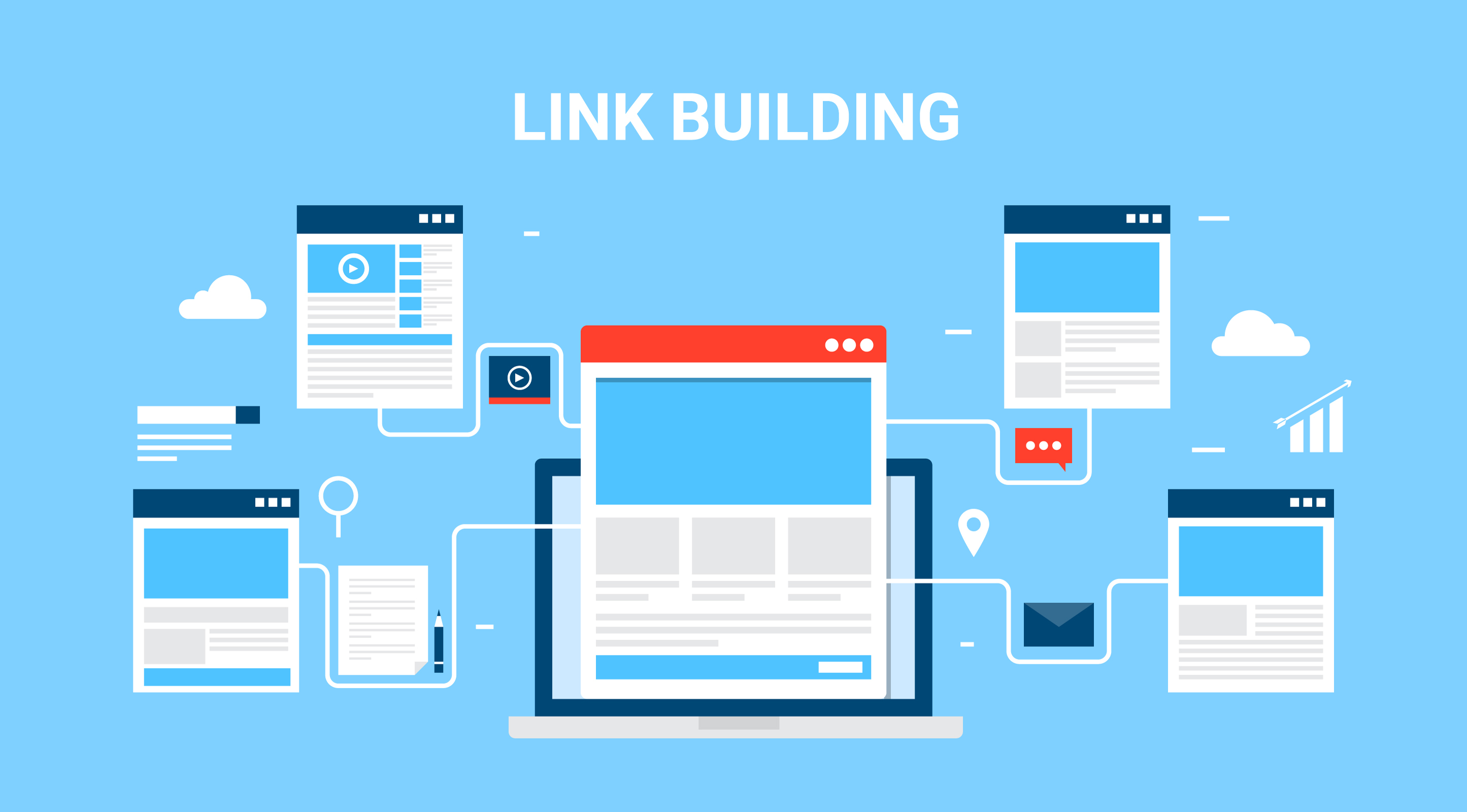
Top Rated Level X Seller. I Love SEOClerks❤️
The emergence of social networks has revolutionized how content is created. Traditionally,, media originated from established sources including {newspapers, magazines, and television.Now,But now,However, users themselves have become primary content creators.
This shift resulted in a surge of user-generated content across platforms like YouTube, TikTok, and Reddit.. Users enjoy the ability to share their experiences, ideas, and creativity with the world.
{As a result,This has led to new opportunities for {businesses|creators, brands, and the public. and consumers alike. Provides valuable insights into consumer behavior, and it can also build community and engagement.
Dissemination of Information: Web 2.0's Impact on Knowledge Sharing
Web 2.0 ushered in a radical shift in how we access information. The emergence of user-generated content facilitated individuals to contribute to active participants in the creation of knowledge. This democratization has had a profound effect on education, research, and.
Traditionally, information was often restricted by gatekeepers. However, Web 2.0 has shattered these barriers, making it easier for people to share a broader range of perspectives and knowledge.
- Furthermore, Web 2.0 has promoted a culture of peer learning where individuals can leverage the expertise of others to solve problems.
- As a result, we are witnessing a accelerated growth in the quantity of information being created online. This boom presents both challenges and necessitates new approaches for managing this immense ocean of data.
Nevertheless, the democratization of information is an ongoing evolution. Ensuring its ethical use and combatting the spread of misinformation remain crucial priorities for the future.
From Static Pages to Dynamic Experiences: The Evolution of the Web
The World Wide Web traveled on a remarkable transformation since its humble beginnings. What once consisted of static pages filled with unchanging text and images has evolved into a realm of dynamic experiences, powered by interactive elements, real-time data, and user-generated content. This evolution originates in technological advancements that transformed the way we access and interact with information.
- Early web pages were primarily informational, serving as digital brochures or static repositories of data.
- Yet, the advent of scripting languages like JavaScript brought about interactivity, allowing for dynamic updates and user engagement.
- The rise of content management systems (CMS) allowed the creation of easily editable websites, empowering individuals and organizations to publish their content effortlessly.
Today, the web is a tapestry of dynamic experiences, encompassing from social media platforms that foster real-time communication to e-commerce sites that personalize shopping journeys. This ongoing evolution promises even more innovative and immersive experiences in the years to come.
The Semantic Web: Connecting the Dots
The Semantic Web/Web of Data/Linked Data represents a paradigm shift in how we interact with information online. It envisions a web where data is not just presented to users, but also understood by machines. This understanding is achieved through the use of structured data/formal ontologies/common language, allowing computers to interpret/analyze/process information in a way that is meaningful and actionable/relevant/useful. By bridging the gap between human language and machine comprehension, the Semantic Web has the potential to revolutionize/transform/enhance countless aspects of our lives, from search engines/e-commerce/healthcare to education/research/manufacturing.
- Furthermore/Moreover/In addition, the Semantic Web enables the creation of intelligent applications that can reason/infer/discover new insights from data. This opens up exciting possibilities for automation/personalization/innovation across diverse fields.
- As a result/Consequently/Therefore, the Semantic Web is poised to become an essential infrastructure for the future of the internet, fostering a more connected/interoperable/intelligent web that benefits both individuals and society as a whole.
Exploring Beyond Blogs and Social Media: Venturing into the Future of Web 2.0 Applications
While blogs and social media platforms undeniably revolutionized Web 2.0, the landscape is constantly evolving. Emerging technologies are pushing the boundaries of what's achievable, giving rise to a new generation of applications that are transforming the way we communicate. Envision a future where virtual and augmented reality seamlessly integrate with our daily lives, creating immersive experiences and transforming industries. From decentralized finance to collaborative environments, the potential of Web 2.0 is truly infinite.
- Peer-to-peer applications are challenging traditional power structures, giving users more control over their data and communications.
- Machine intelligence is streamlining tasks, freeing up human potential for creativity.
- Blockchain are disrupting industries by providing transparent and secure systems.
The future of Web 2.0 is bright, filled with opportunities for advancement. By embracing these trends, we can shape a more inclusive world.
The Rise of Web 2.0 and Cloud Computing: A Catalyst for Collaboration and Innovation
With the advent of Web 2.0 and the ubiquitous presence of cloud computing, we are witnessing a profound shift in the way we communicate. This dynamic duo has empowered individuals and organizations alike to transcend here traditional barriers, fostering a new era of creativity. {
Collaborative platforms and web-hosted applications have become the foundation of modern workflows, enabling seamless sharing of information in real time. This frictionless collaboration has catalyzed unprecedented levels of productivity and efficiency. The cloud's scalability further enhances this integration, allowing for responsive resource allocation based on evolving needs.
The impact of Web 2.0 and the cloud extends beyond mere partnership. It has fueled a wave of innovation, giving rise to revolutionary applications that address global challenges and empower lives. From technology, the possibilities are boundless. As we continue to utilize the transformative potential of Web 2.0 and the cloud, we can expect even more groundbreaking advancements that shape the future of our world.
Email: [email protected]